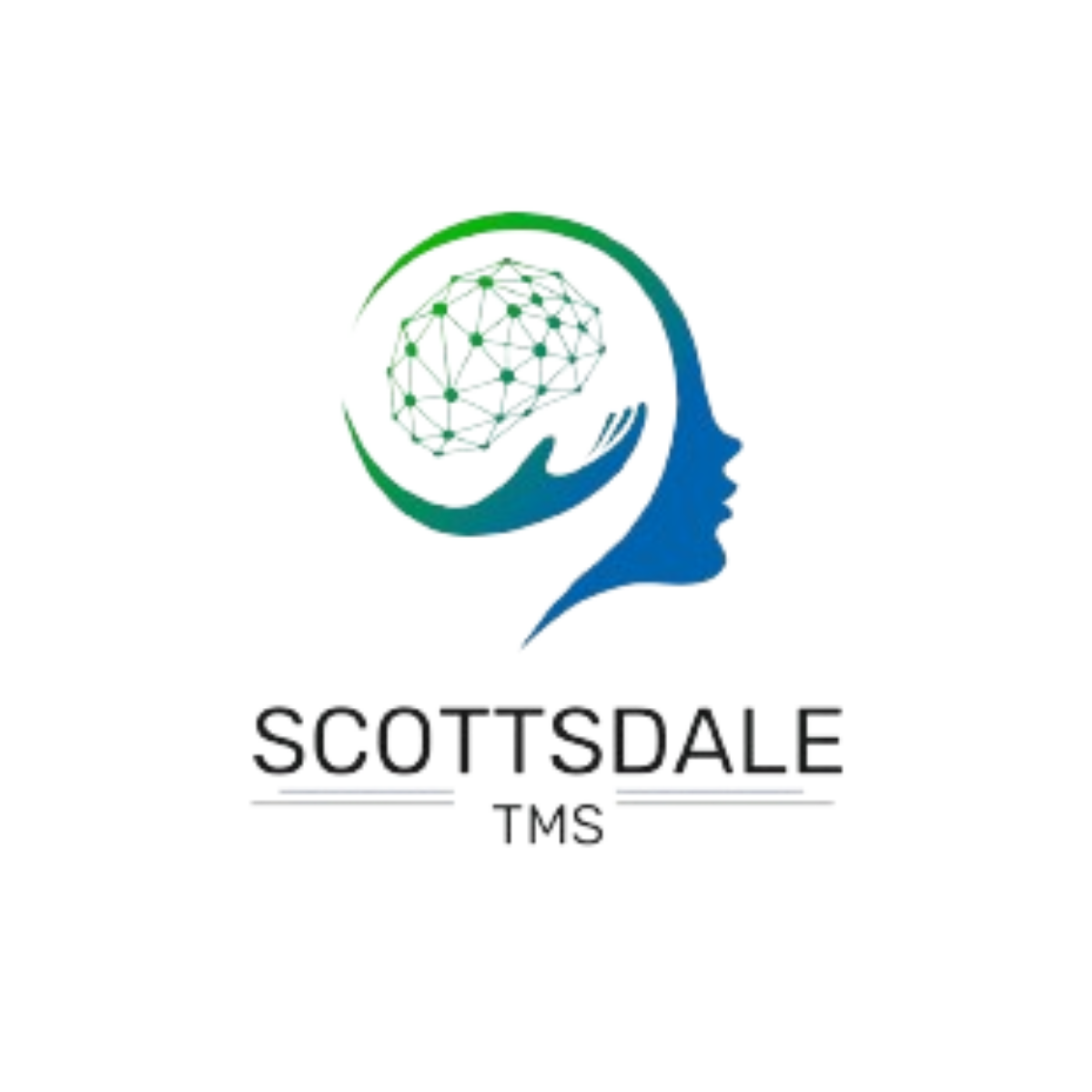When it comes to treating depression, two innovative therapies—TMS (Transcranial Magnetic Stimulation) and Ketamine treatment—are gaining attention for their effectiveness. Both treatments offer relief for individuals with major depression, but how do they compare? In this article, we will explore the key differences, benefits, and possible side effects of TMS vs Ketamine as depression treatment options, helping you make an informed choice.
Questions Answered in This Article:
Our Alcohol Addiction Treatment Programs

Scottsdale Rehab
Luxury Personalized Rehab

Hart Rehab
Holistic Luxury Personalized Rehab

Scottsdale Detox
Luxury Medical Detox
What is TMS Therapy for Depression?
TMS therapy uses magnetic fields to stimulate specific areas of the brain that regulate mood. Approved by the FDA for the treatment of major depression, TMS for depression is a non-invasive procedure designed for individuals who have not responded well to traditional treatments like medication or talk therapy. By targeting nerve cells with a series of magnetic pulses, TMS works to boost mood and reduce depression symptoms.
What is Ketamine Treatment for Depression?
Ketamine therapy is a more recent advancement in depression treatment options. Originally used as an anesthetic, Ketamine treatment has shown significant results for treating depression, especially for those with treatment-resistant depression. Ketamine is administered via ketamine infusions, which target specific areas of the brain to reduce symptoms of depression. Unlike TMS therapy, which uses magnetic fields, ketamine works by interacting with neurotransmitters and promoting the growth of new nerve cells.
TMS Therapy vs Ketamine: Comparing the Benefits
Both TMS therapy and Ketamine for depression are considered effective FDA-approved treatments for depression. However, the mechanisms by which they work differ.
- TMS therapy is known for its ability to offer long-term depression relief with minimal side effects. It’s suitable for those who have not found success with antidepressants or have been unable to tolerate their side effects.
- Ketamine treatment often provides rapid depression relief, especially in individuals who have not responded to other treatments. It can work quickly, often in a matter of hours, providing a potential solution for people in acute depression crises.
TMS vs Ketamine Depression: Effectiveness and Side Effects
Both treatments are considered safe, but there are important differences:
- TMS treatments usually involve multiple TMS sessions over the course of several weeks. Side effects are generally mild and may include headaches or scalp discomfort, but the risk of adverse reactions is low.
- Ketamine therapy, on the other hand, often requires a course of treatment with multiple infusions. While it is highly effective for many, the effects of Ketamine can include dissociation, hallucinations, or other temporary discomforts. Additionally, long-term use may raise concerns about dependency.
TMS Therapy vs Ketamine: Treatment for Depression and Other Conditions
Both TMS therapy and Ketamine infusions are not limited to treating major depression.
- TMS for depression has shown effectiveness in treating other mental health disorders, including obsessive compulsive disorder (OCD), anxiety, and even post-traumatic stress disorder (PTSD).
- Ketamine treatment is also being explored for treating depression and obsessive compulsive disorder (OCD), though its primary use remains for major depression.
How Do TMS and Ketamine Compare in Terms of Accessibility?
In terms of accessibility, TMS therapy requires a specialized clinic or medical center with TMS devices. Insurance coverage may vary, but it is often available for those who have not responded to traditional depression treatments.
Ketamine therapy typically requires ketamine infusions at a certified treatment center. Insurance coverage can be a challenge for ketamine treatment, as it may not be fully covered for depression, though some centers may offer financing options.
Side Effects: TMS vs Ketamine
Both TMS therapy and Ketamine treatment come with some side effects, though they are generally considered mild.
- TMS side effects are typically limited to headaches, scalp discomfort, or muscle twitching during the session.
- Ketamine side effects can be more varied, with effects of ketamine including feelings of dissociation, dizziness, and in rare cases, increased blood pressure or heart rate. However, these side effects are generally short-lived and improve after the treatment.
Which Treatment is Right for You?
Both TMS vs Ketamine offer promising treatment options for depression, but the choice depends on your specific needs. If you’re looking for a non-invasive, FDA-approved treatment that has a low risk of side effects, TMS therapy may be the right choice. However, if you’re seeking rapid depression relief or have treatment-resistant depression, Ketamine treatment might be a viable option to consider.
It’s essential to consult with a healthcare provider who specializes in brain stimulation and depression treatment to determine the best course of treatment for you. They will assess your mental health needs, the severity of your depression, and your response to previous treatments to create a personalized plan.
TMS vs Ketamine—Which is More Effective?
Both TMS therapy and Ketamine infusions have proven to be effective treatments for depression. However, their effectiveness and side effects can vary based on individual circumstances. TMS therapy tends to be a good option for those seeking long-term relief with minimal side effects, while Ketamine treatment may be the choice for those looking for fast-acting relief, particularly in cases of treatment-resistant depression.
At Scottsdale TMS Therapy, we specialize in helping patients find the most effective treatment for their depression. Whether you choose TMS therapy for its non-invasive approach or Ketamine treatment for rapid results, we’re here to guide you through your options.
Consult your healthcare provider to explore these FDA-approved treatments for depression and find the solution that works best for you.

